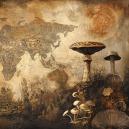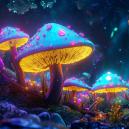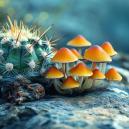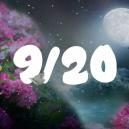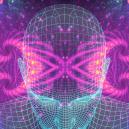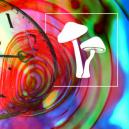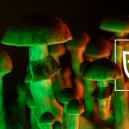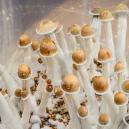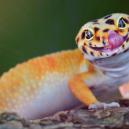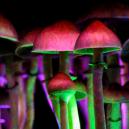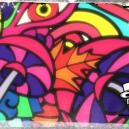How Magic Mushrooms First Got Their Magic
Published :
May 6th, 2020
Categories :
Research

Magic mushrooms are very different from one another, so how did they all come up with the ability to produce psilocybin? Read on for a peek into the ancient magic of psychedelic mushrooms.
Magic mushrooms have been used by many cultures throughout history for spiritual and recreational purposes. However, if you think that magic mushrooms started producing psilocybin as a reaction to humankind, you may be very wrong. Let’s set aside any anthropocentric claims for a moment. In this post, we shall take a look at research that investigates why magic mushrooms are "magic", and how this magic has managed to spread so randomly throughout the mushroom family tree.
If you love magic mushrooms as much as we do, this is the perfect opportunity to shed some light on the mysterious world of these fascinating fungi!
THERE IS A LOT TO LEARN ABOUT MAGIC MUSHROOMS
As mentioned, magic mushrooms have been used throughout history by many cultures. An example of this were the indigenous tribes in Mesoamerica, who used them for centuries. Shrooms were included in rituals and ceremonies as a means to reach higher states of consciousness. Despite this prolonged historical use, modern science knows very little about the applications and properties of magic mushrooms.
During the ‘50s and ‘60s, psilocybin mushrooms became popular in the West as a recreational drug. They started capturing the attention of the academic world, too. Back then, it was possible to research hallucinogenic substances freely; it was during this period that Albert Hofmann and colleagues described the structures of both psilocybin and psilocin, and synthesised them in the lab.
But this golden age of academic research into psychedelics did not last forever. Quickly, the production, distribution, and consumption of hallucinogens became highly restricted, if not banned, worldwide. In the US, where a lot of the research was conducted, it all ended in 1970 when Richard Nixon signed the Controlled Substances Act.
Research on psilocybin came to a standstill. This left us with no clue about the biosynthesis of psilocybin in mushrooms, and which enzymes play a role in this process. It also made magic mushrooms a taboo subject, stifling research into its historical relevance. Or, at least, until very recently.
THE RESURGENCE OF RESEARCH ON MAGIC MUSHROOMS
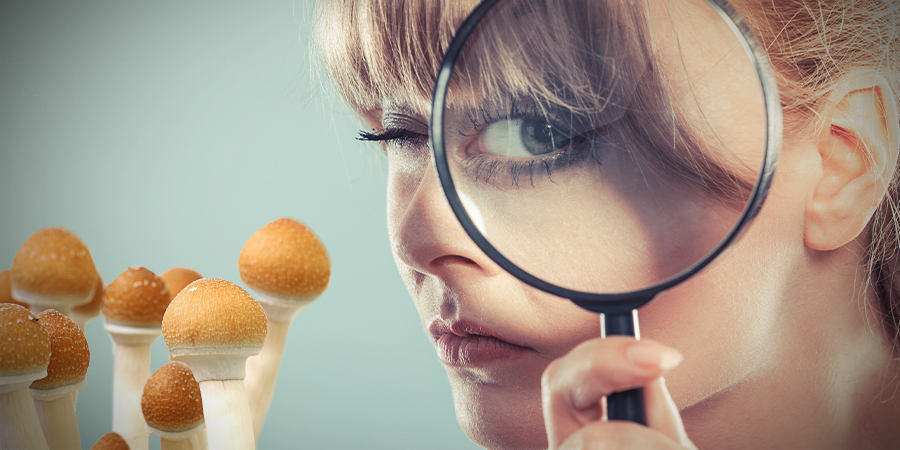
Doctor Jason Slot is a pioneer and scientific reference amid this revival of study on hallucinogenic substances. He tried magic mushrooms in his youth, and believes they are what pushed him into science. He eventually became a mycologist, a scientist specialised in studying fungi. Given the chance, he found himself researching the very mushrooms he took when he was younger.
In 2018, he and his team at Ohio University started investigating why magic mushrooms became “magic” in the first place, and how mushrooms that are so far away from each other in the fungal family tree acquired the ability to produce psilocybin.
HOW AND WHY MUSHROOMS FIRST GOT THEIR MAGIC — WHAT THE RESEARCH SAYS
In nature, around 200 species of mushrooms can produce psilocybin. Psilocybin is the prodrug that our system processes into psilocin; psilocin is basically what grants you a trip once you've eaten shrooms.
When it comes to the evolution of mushrooms, and how different species acquired their "magic", two major hypotheses exist. On the one hand, it could be that all mushrooms once had the ability to produce psilocybin, with only a select "few" retaining it up to the present day. But Dr. Slot et al. do not think this hypothesis holds up. Instead, they theorise a horizontal gene transfer to explain psilocybin's ability to spread in such an uneven, seemingly random way.
"Horizontal gene transfer" means that a certain characteristic does not pass from a parent to an offspring as a hereditary characteristic, but hops directly between non-interrelated individuals. Normally, the horizontal transfer rate is high in genes belonging to the same cluster. In fact, a cluster usually contains all the rules required for a certain metabolic process to take place.
This type of transfer is not common among complex fungi, but the fact that psilocybin synthesis occurs spottily in the fungal family tree—even a lichen belongs to the clique—led scientists to believe this could be the actual explanation.
Dr. Slot's team isolated five genes that together produce all the enzymes necessary to synthesise psilocybin, and are shared among all trippy fungi species—but not by their closest, non-trippy relatives. These genes appear to have spread by jumping from one species to the other. What could have caused this transfer?
FIGHTING OFF PREDATORS: DID "MAGIC" MUSHROOMS WORK TOGETHER?
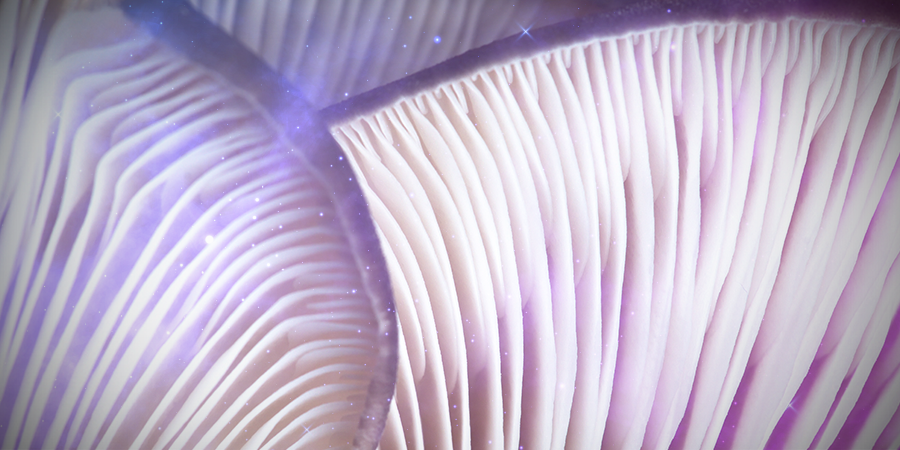
Slot observed that these genes originated in fungi specialised in breaking down decaying wood and animal dung, ecosystems that are also shared by a lot of fungivore insects. The team did not miss the clue: maybe the pressure of the same predators in shared ecosystems led different fungi to contrive a way to fight them off. But how?
He suspected mushrooms developed psilocybin to drug their opponents. Indeed, psilocybin has its effect on us humans because it has a shape that fits the serotonin receptor sites in our brain. Such receptors developed very early on in the history of life on Earth, and are also shared by insects. As you can imagine, it is quite hard to understand whether an insect is tripping, and even harder to investigate what they feel when on shrooms.
Nevertheless, from the experiments of Dr. Slot, something interesting emerged; psilocybin affects insects’ appetite. Bingo! Putting the pieces of this theory together, perhaps the mushrooms that were first able to produce psilocybin are also those that were able to stay safe from predators in these rotten wood and dung-laden environments.
SHARING KNOWLEDGE: MUSHROOM SPRED THEIR MAGIC
Afterwards, it's believed the genes somehow spread to other species, although there are varying hypotheses here too. According to Slot, fungi can soak up DNA from their environment in moments of great stress, and so it happened also with this group of genes. The other hypothesis is that the first psilocybin mushrooms fused with other mushrooms, sharing the aforementioned genes. Either way, the magic spread—and, according to Slot and his colleagues, this is how we ended up with this group of around 200 species of magic mushrooms.
It is important to keep in mind that all we have discussed above is conjecture, albeit based on compelling (yet circumstantial) evidence. This is only the beginning of deeper research into psychedelic substances, and much work still needs to be done.





